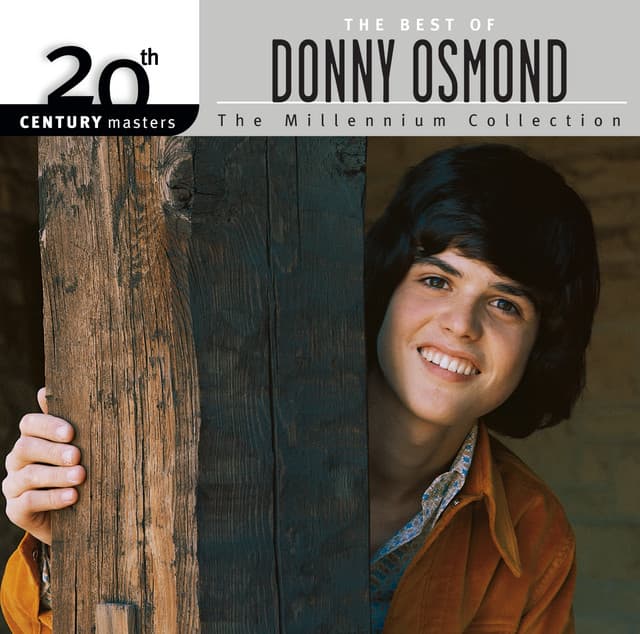
The Polished Pop Prince and the Heartbreak Anthem
There was a time, not so long ago, when the pop charts were a place of pure, unadulterated sentiment. It was an era before irony and cynicism took hold, when a young singer with a pristine voice could deliver a message of earnest comfort and have it resonate with millions. In the autumn of 1972, at the absolute zenith of “Osmondmania,” the world’s biggest teen idol, Donny Osmond, released a song that perfectly captured this spirit: his soulful and polished rendition of “Hey There, Lonely Girl.”
Released as a single from his third solo album, Portrait of Donny, this track was a certified smash hit, a testament to Donny’s incredible hold on the pop-loving public. In the United States, the single climbed all the way to Number 3 on the Billboard Hot 100 chart, while also reaching Number 2 on the Easy Listening chart. The song’s success wasn’t confined to American shores; it was a transatlantic sensation, peaking at Number 2 on the UK Singles Chart in November 1972. It became one of the defining ballads of his solo career, proving that beneath the bright lights and purple jumpsuits was a vocalist capable of conveying genuine tenderness and empathy. The album it came from, Portrait of Donny, was a runaway success as well, reaching Number 6 on the Billboard 200, further solidifying his status as a recording powerhouse.
The history of the song itself adds a layer of depth to Donny’s version. “Hey There, Lonely Girl” was not an original, but a masterful reinterpretation of a soul classic. The song was originally a Number 2 pop hit for soul singer Eddie Holman in 1970, whose incredible, soaring falsetto defined the track for a generation. Before that, it had even been a minor R&B hit for Ruby and the Romantics. But where Holman’s version was raw, passionate, and rooted in the traditions of Philadelphia soul, Donny’s take, under the expert guidance of producer Mike Curb, was pure, lush, early-seventies pop. The production was immaculate, surrounding Donny’s clean, boyish tenor with soaring strings, a gentle rhythm section, and the signature gloss that defined the MGM Records sound of that era.
The song’s meaning is a simple, beautiful, and timeless message of compassion. The singer observes a girl who has been deeply hurt by a previous love, her eyes filled with a “faraway look.” Instead of being a brash suitor, he approaches her with a gentle, almost whispered promise of healing and devotion: “Don’t you know, I’ll be your boy, your lonely boy / After he’s gone.” It’s a song about patience, about offering a steady hand to someone lost in the fog of a breakup.
For those of us who remember hearing it on the radio, Donny Osmond’s version of “Hey There, Lonely Girl” evokes a very specific kind of nostalgia. It takes us back to a time of innocent crushes and slow dances, a world where the highest romantic ideal was to be the one who could mend a broken heart. It was a perfect match of singer and song—the world’s most beloved “lonely boy” of pop offering comfort to all the lonely girls in his audience. It was more than just a hit record; it was a warm, musical embrace that still feels just as comforting all these years later.